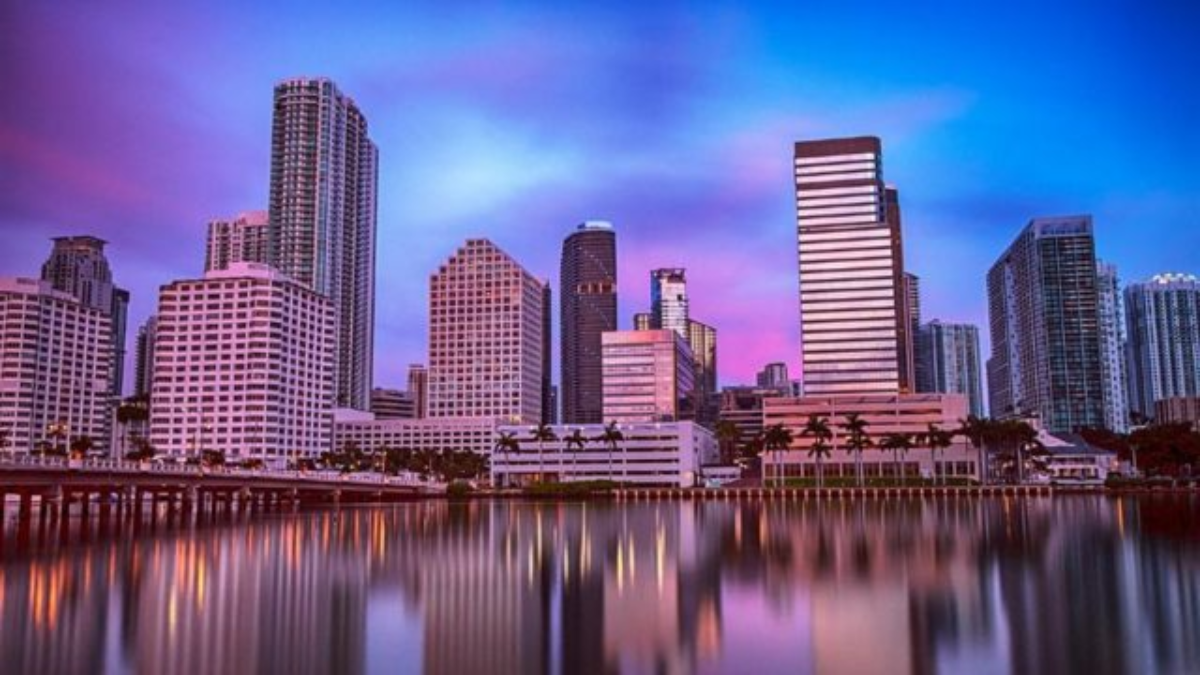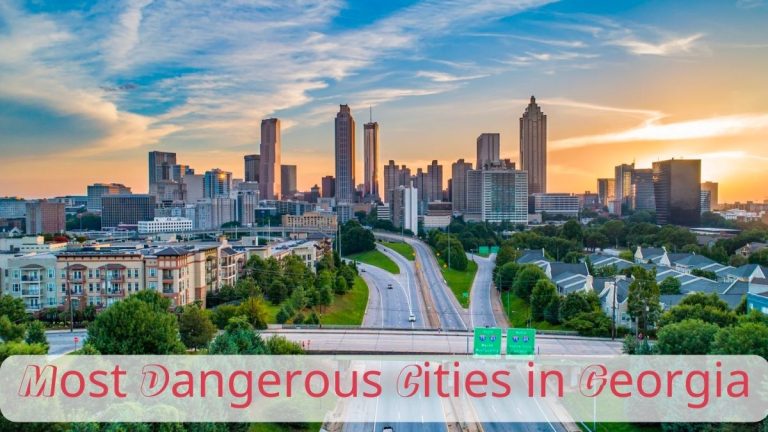Explore the Most Polluted City in Florida!
Florida is a state that boasts of its natural beauty and a plethora of attractions that entice both its inhabitants and tourists. Nonetheless, it struggles with one of the most severe air pollution issues across the United States.
Miami is actually the most polluted city in Florida. It currently holds the 100th spot on the list of the most polluted cities in the United States for ozone pollution.
Miami’s air quality is negatively affected by several factors, with vehicle emissions being one of the biggest culprits. Due to the high traffic volume in this major metropolitan area, cars and trucks emit a substantial amount of pollutants that have a significant impact on the air quality.
Industrial emissions are a significant factor that contributes to air pollution in the area. The presence of power plants and other industrial facilities in the region releases harmful pollutants into the air, exacerbating the issue.
Miami’s coastal location and warm climate have a significant impact on its air quality. The sea breeze can trap pollutants in the air, in addition to emissions from vehicles and industries. The warm climate can also create conducive conditions for ozone formation, further contributing to air pollution.
Living in an area with poor air quality can have detrimental effects on the health of its residents.
Breathing in ozone pollution can lead to respiratory issues like asthma attacks and bronchitis, while particle pollution can also cause respiratory problems. Additionally, particle pollution has been associated with a higher risk of heart disease, stroke, and lung cancer. Existing heart and lung conditions can also be aggravated by exposure to ozone pollution.
Miami’s air quality can be improved through various actions. Some specific steps that can be taken include:
-
- Reduce vehicle emissions:
- Encourage people to drive less, use public transportation, and carpool or vanpool.
- Invest in clean transportation options, such as electric vehicles and bike lanes.
- Implement congestion pricing to discourage driving during peak hours.
- Reduce industrial emissions:
- Work with businesses to adopt cleaner technologies and reduce their emissions.
- Enforce environmental regulations and hold businesses accountable for their emissions.
- Invest in renewable energy sources, such as solar and wind power.
- Protect the environment:
- Plant trees and other vegetation.
- Protect wetlands and other natural areas.
- Reduce the use of pesticides and herbicides.
- Reduce vehicle emissions:
-
- Encourage people to drive less, use public transportation, and carpool or vanpool.
- Invest in clean transportation options, such as electric vehicles and bike lanes.
- Implement congestion pricing to discourage driving during peak hours.
-
- Work with businesses to adopt cleaner technologies and reduce their emissions.
- Enforce environmental regulations and hold businesses accountable for their emissions.
- Invest in renewable energy sources, such as solar and wind power.
-
- Plant trees and other vegetation.
- Protect wetlands and other natural areas.
- Reduce the use of pesticides and herbicides.
To enhance the air quality of Miami, it is essential to have a joint effort from all parties involved, including the government, businesses, and individuals. By implementing the measures described earlier, we can significantly improve the air quality of our city and safeguard the well-being of our people.
Additional information:
-
- According to the American Lung Association, Miami’s air quality has improved in recent years. However, there is still room for improvement.
- One of the biggest challenges to improving air quality in Miami is the fact that it is a major metropolitan area with a lot of traffic and industry.
- Another challenge is the fact that Miami is located on the coast, which can trap pollutants in the air.
- Some of the things that individuals can do to improve air quality include driving less, using public transportation, and carpooling or vanpooling. Individuals can also plant trees and reduce their use of pesticides and herbicides.
Conclusion
Miami’s residents’ health and well-being rely on the improvement of air quality. Implementing the above-mentioned measures can make a significant impact on the city’s air quality, safeguarding its inhabitants’ health.
Also Read:
- This City Has Been Named Floridas Crime Capital
- Florida Inspector Discovers Rat Feces at Broward 7-Eleven, Warning Against Big Gulps
- Mega Millions lottery ticket sold in Florida and Texas wins big







